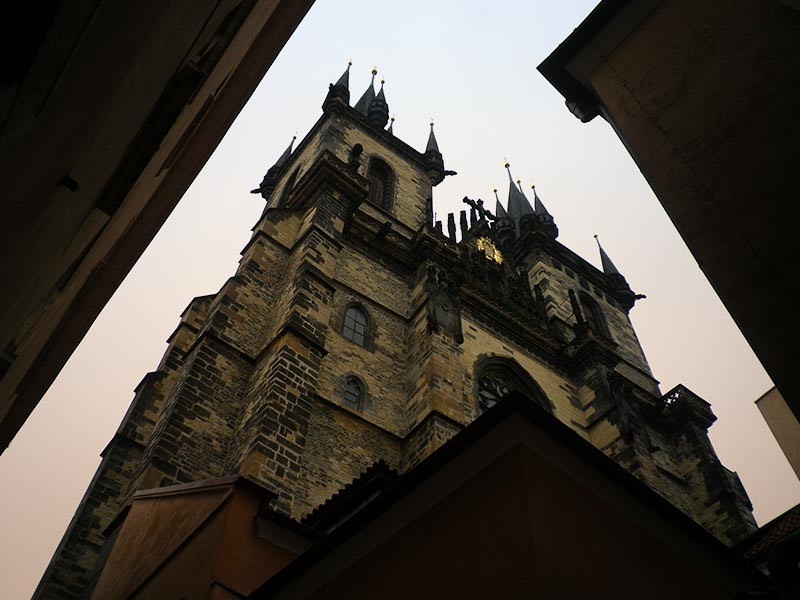
The fairytale museum
Prague is called “The Fairytale City”, which is a pretty apt description of the atmosphere it exudes. Anyone who has been there tells me, “You’ve got to go! It’s so beautiful!”
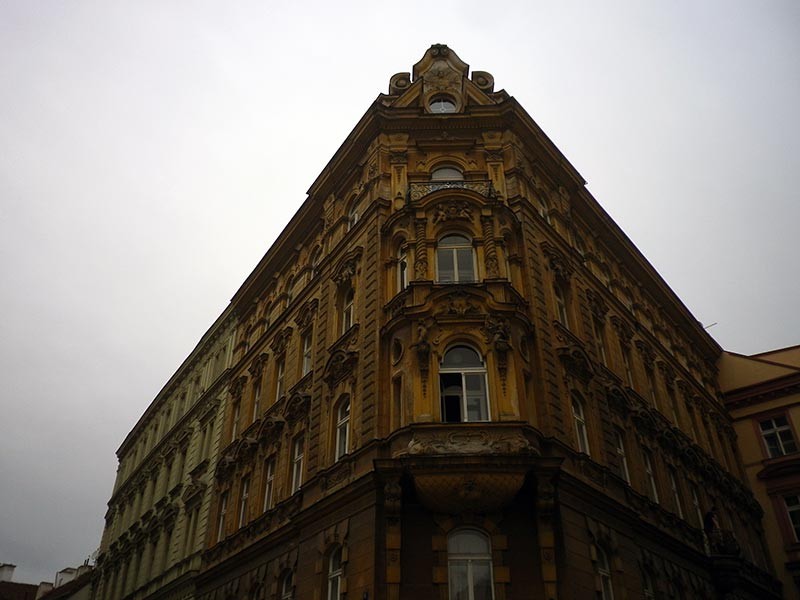
It is beautiful. Prague has retained an architectural heritage spanning several centuries, from Gothic, to Renaissance, Baroque, and Art Nouveau. There was no large-scale urban renewal like in Paris or Barcelona; in World War II, it didn’t see nearly the same scale of bombing as in Dresden or Warsaw. The buildings are maintained in good condition (at least in the tourist areas), and modernism has not been permitted to dominate. Yes, you’ll find Gehry’s dancing house if you look for it, but you won’t see a London Eye or CN Tower peeking up over the medieval rooftops.
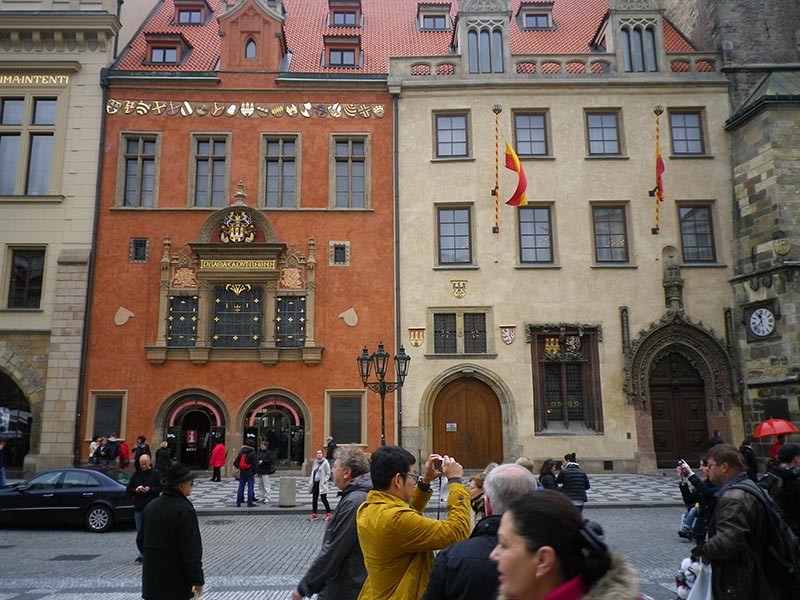
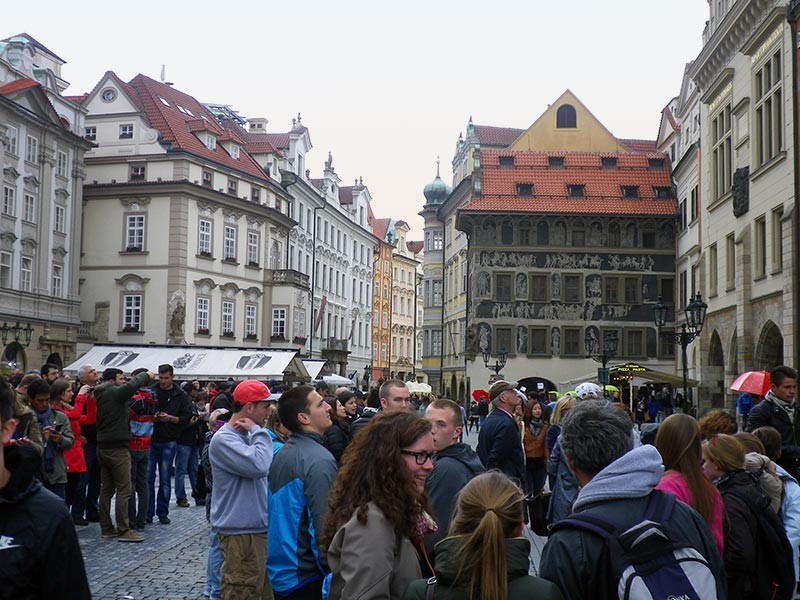
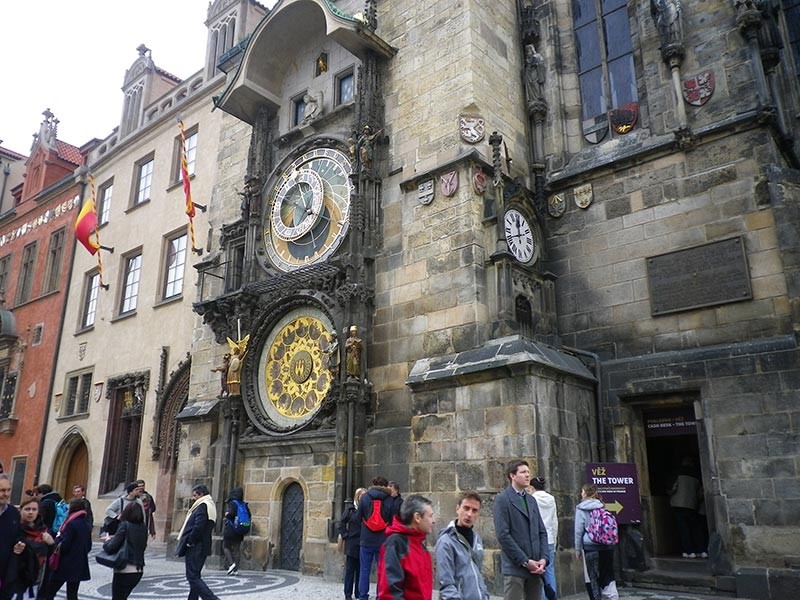
Walking around the old city, I get the distinct feeling of being in a huge outdoor museum. Clusters of tourists, shepherded by their guides, make their way from attraction to attraction: the Astronomical Clock, the Powder Gate, the Charles Bridge with its parade of statues, the Tyn Church, the Municipal House… a visit to Prague is a long checklist of impressive things to gawk at.
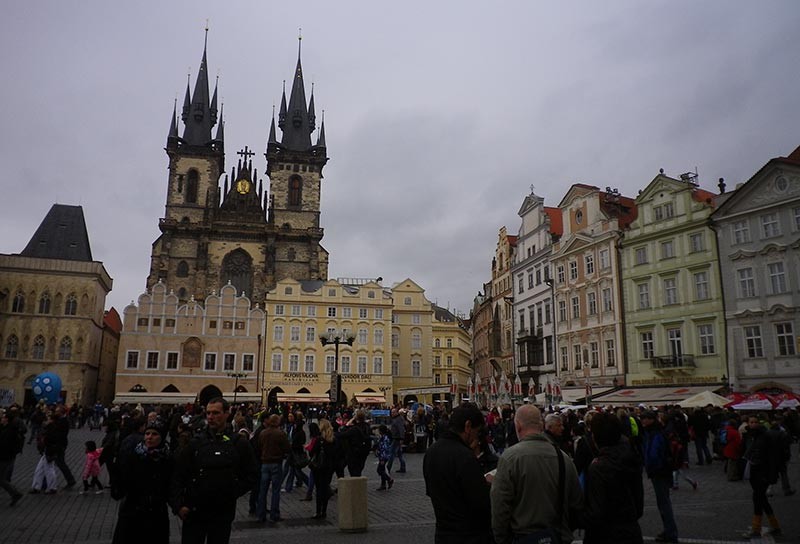
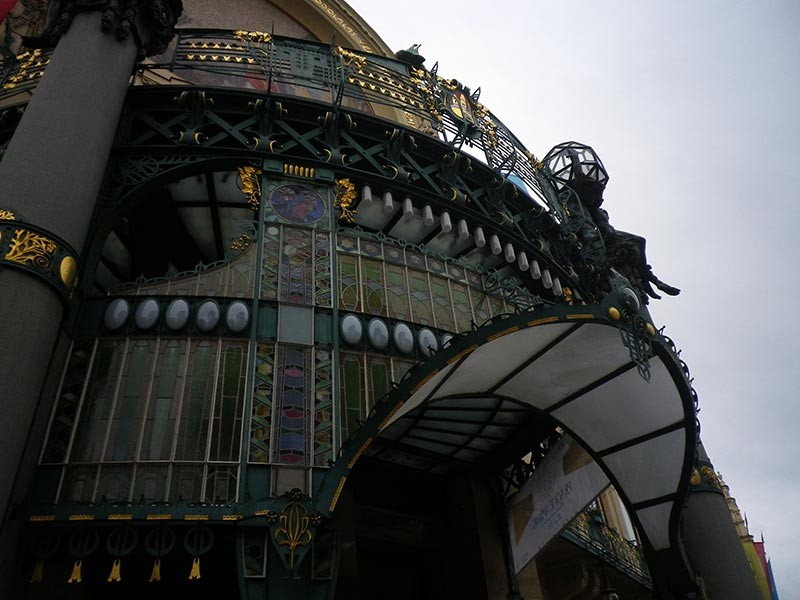
On my day-long stroll through the old city, I saw virtually zero people who looked like locals. Every second storefront was a tacky souvenir shop. You know, the kinds of establishments that sell “I heart Prague” shot glasses and screenprinted t-shirts with “Czech me out” written in Comic Sans or some such atrocity. When it starts raining, boxes of ponchos and umbrellas appear at the entrance beside the postcard racks.
Yes, Prague is a museum -- one where the gift shop is interspersed among the exhibits. Cafes and restaurants are plentiful. All bohemian decor and authentic Czech cuisine, with menus in perfect English, of course. They feel like a sort of museum exhibit as well.
Feeling a bit smothered by the hordes of cameras and fanny packs, and curious to see the other side of Prague, I turn against the flow of tourists and walk East, back past the train station, under an overpass, and emerge in a ghost town.
It’s noon on a Saturday and all the shops are closed on Siefertova, one of the main streets in the residential district of Vinohrady. Graffiti abounds; a small huddle of teenagers mill around a bus shelter. Every few minutes a tram rolls by, packed with people heading to the centre of town.
(figure: vinohrady-1.jpg)
(figure: vinohrady-2.jpg)
I take a meandering stroll through this desolate neighbourhood and notice that the 19th-century buildings are in varying states of repair. Some have a fresh coat of paint, some are chipped and peeling. They look like Haussman’s Paris, but more colourful and ornate. Again I think about museum exhibits. Vinohrady is undergoing restoration -- that’s why there’s no one here. Soon, it will be suitable for the viewing public.
(figure: vinohrady-4.jpg)
(figure: vinohrady-5.jpg)
I make my way South and then West, looping back around to the old city, taking in the sights along the winding medieval streets. I join the throngs of people all funnelling toward Charles Bridge. It’s a grand, triumphant crossing over the Vltava River. Towering arched entrances mark both ends of the bridge, and a dozen or more statues line the sides, watching over the teeming masses with a benevolent air. Most of the statues are gilded. All of them are saints or religious figures. A life-size Jesus hangs from a cross at the midpoint of the bridge.
(figure: karlov-most-1.jpg)
Some visitors are taking their next Facebook profile photo with one of the statues. Others approach in supplication, grasping the hem of a stone cloak as they offer a prayer.
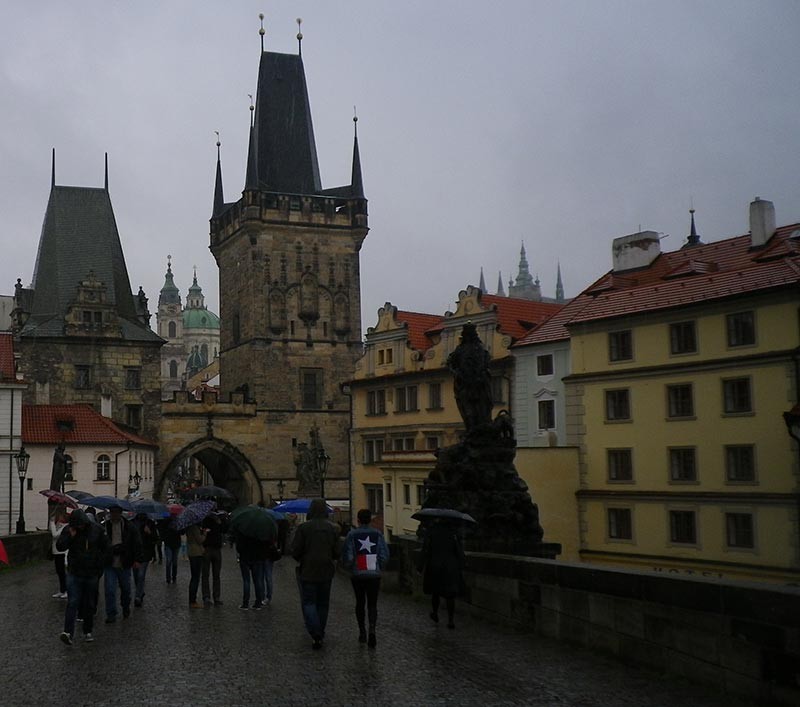
I come to the end of the bridge and continue through the archway to Malá Strana, the Little Village. It’s similar to the rest of the old city; the abundance of decorative architectural features risks becoming stale. I wonder if I don’t already have enough photos of beautiful rooflines and streetscapes. I take a few more pictures anyway.
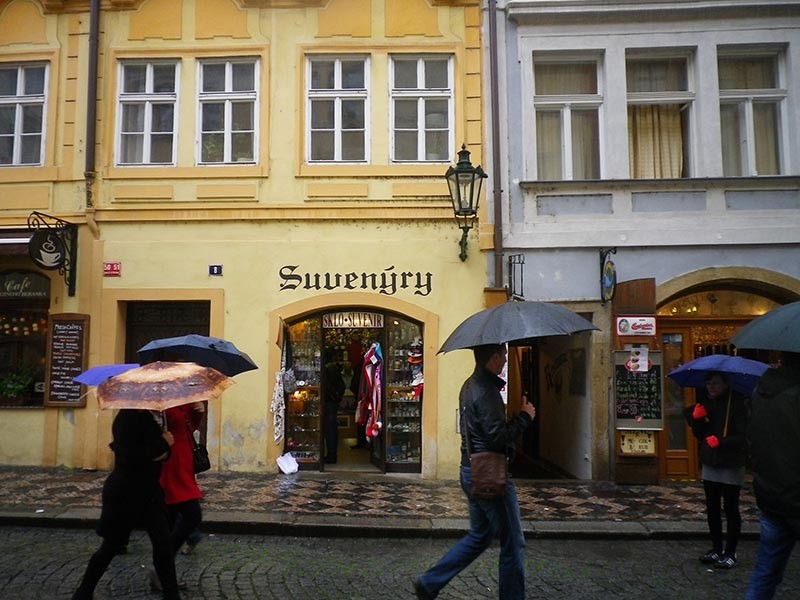
(figure: mala-strana-2.jpg)
As I continue past more souvenir shops and restaurants hawking goulash and pork knee, I’m beginning to think I’ve seen all of what Prague has to offer; but that attitude quickly vanishes after I climb the long set of stairs up to the Prague Castle. Perched on a hill, I get a breathtaking view of the whole city laid out before me. It strikes me how small it is, and how much history is packed in among those narrow streets. I see the train station where I arrived that morning, and try to retrace my steps. But the streets are too dense to see any one route clearly — it’s all just a jumble of rooftops.
(figure: birds-eye-view.jpg)
I have a couple hours left before I need to take the train back to Dresden -- I smile to myself at the prospect of getting lost again in this Fairytale museum.
Sam Nabi